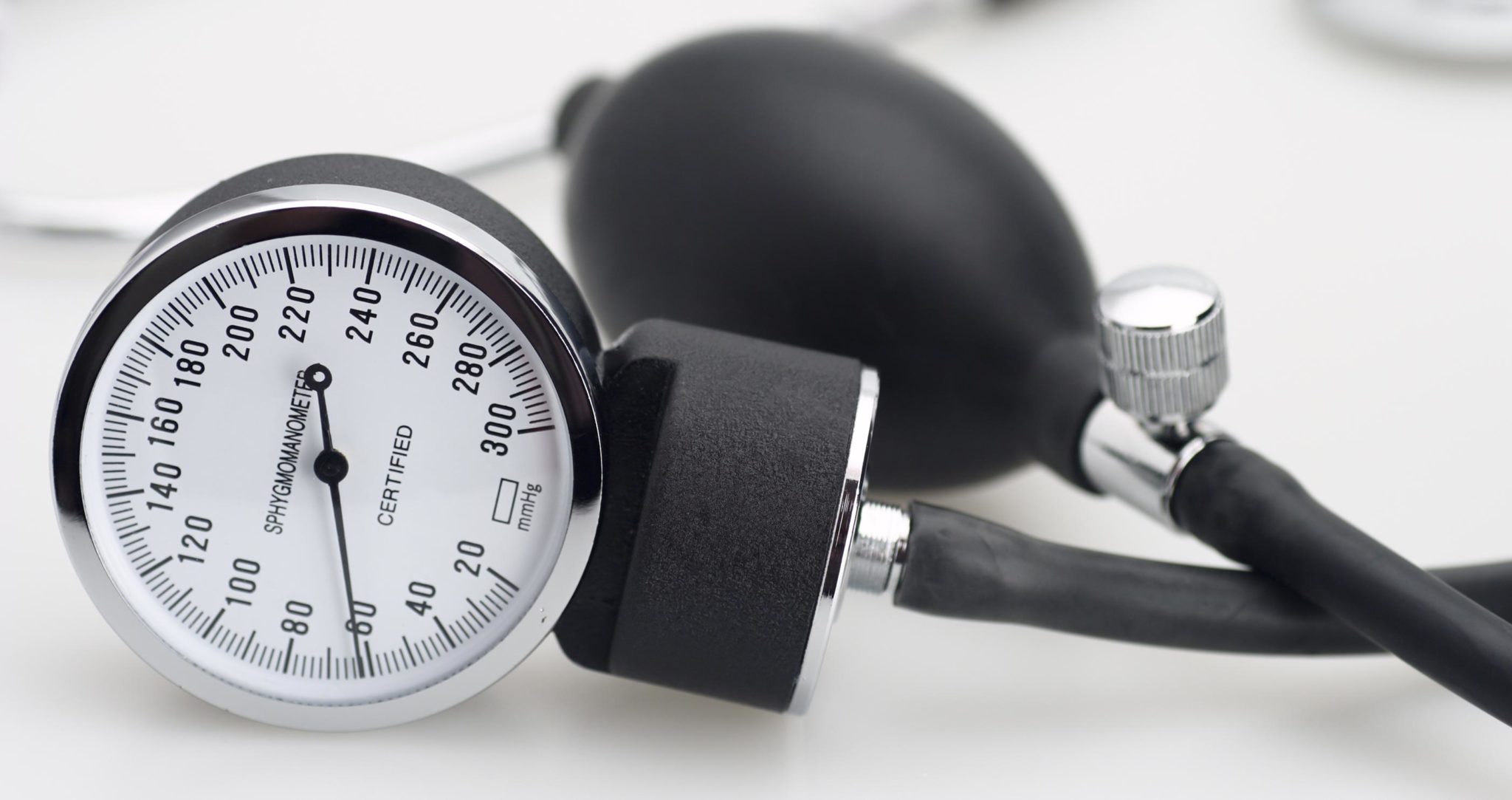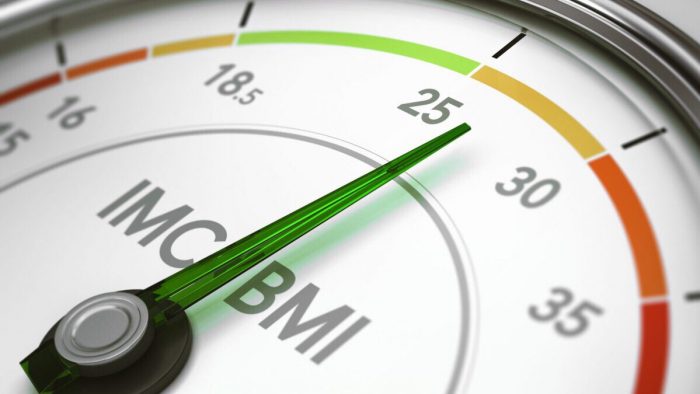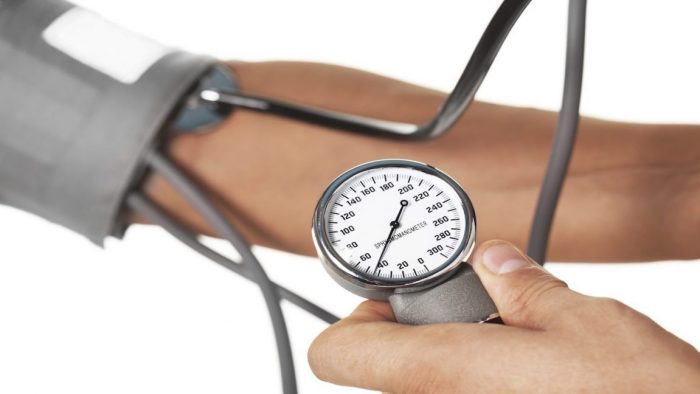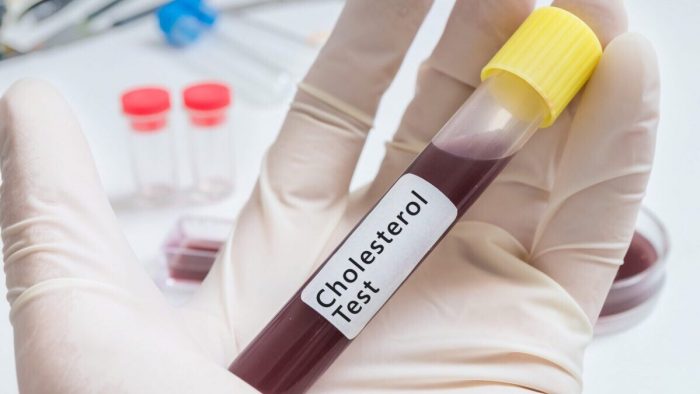Know Your Numbers

“My goal is first, to alert women and men to the fact that they definitely are at risk for heart disease, and ..it is critical that women keep an eye on their numbers!” Dr. Stephanie Coulter
Risk assessments are used to determine your likelihood of developing disease in the future. Learn more below about the most critical numbers that impact your personal health and help your doctor assess your risk for both heart disease and stroke.

Body Mass Index (BMI)
Normal: 18.5-24.9
Body Mass Index (BMI), which is a number calculated from your height and weight, is used to estimate body fat. The accuracy of the BMI in determining your body fat is influenced by factors such as your fitness level, muscle mass, bone structure, sex, and ethnic origin. This means that some individuals may have a high BMI but not have a high percentage of body fat. However, BMI provides a reliable indicator of body fat for most people. Therefore, it is used to screen for weight problems that may lead to health concerns.
| Body Composition | Body Mass Index (BMI) |
|---|---|
| Underweight | Less than 18.5 |
| Normal | 18.5 – 24.9 |
| Overweight | 25.0 – 29.9 |
| Obese | Greater than 30.0 |
According to the National Heart, Lung, and Blood Institute (NHLBI), being overweight is defined as having a BMI over 25. Those with a number over 30 are considered obese. You can find out your BMI by using the calculator below. Then, take that value and find your body composition in the table above.

Blood Pressure (BP)
Normal: <120 and < 80 mmHg
When your heart beats, it pumps blood through blood vessels called arteries and creates pressure in them. The higher number (systolic) represents the pressure while your heart is beating. The lower number (diastolic) represents the pressure when your heart is resting between beats. Your blood pressure can change from minute to minute when you change your position or during physical activities, or when you are stressed or sleeping. High blood pressure can damage the walls of your arteries. If your first reading is high, your doctor may take several more readings before deciding whether your blood pressure may be a health concern.

Fasting Glucose
Normal: 60-99mg/dL
A fasting glucose test shows the amount of sugar in your blood. If you have eaten within 8 hours before this test, your glucose level may be falsely elevated. Glucose rises rapidly after meals but should return to near the fasting value within 2 hours. A high blood glucose level may be a sign of diabetes or pre-diabetes.

Total Cholesterol
Normal: <200mg/dL
The total cholesterol/HDL ratio is an indicator of your potential for developing blockages in the arteries of your heart. A ratio greater than 4.5 is considered a high risk for coronary heart disease. The ratio may be decreased by increasing your good (HDL) cholesterol and/or decreasing your bad (LDL) cholesterol.

HDL Cholesterol
Normal: 40-59mg/dL
HDL cholesterol, or “good” cholesterol, helps clear away bad fatty substances that can stick to your arteries and damage them. The higher the concentration of HDL in your blood, the less likely you are to develop coronary heart disease. The amount of HDL cholesterol you have may be increased in a number of ways, including getting regular physical activity, not smoking, and losing weight.

LDL Cholesterol
Normal: <100mg/dL
LDL cholesterol, or “bad” cholesterol, is a major contributor to blockages in the arteries that can cause heart attack, stroke, and poor circulation. The higher your LDL concentration, the more likely you are to develop these conditions. LDL cholesterol may be decreased by reducing trans fats and saturated fats that you eat and by eating more fiber-rich foods. If you have eaten within 12 hours before having this test, your LDL level may be incorrect.

Fasting Triglycerides
Normal: <150mg/dL
Triglycerides are in a class of blood fats known as “lipids.” If you have eaten within 12 hours of having your blood tested for triglycerides, your level may be falsely high. A high triglyceride level can result in hardening of the arteries, a condition often called “coronary artery disease.” High levels of triglycerides are more common in people who are overweight, have diabetes, and/or who do not process fat properly. Your triglyceride levels may be reduced by decreasing your intake of simple sugars (sweets) and alcohol and by increasing your physical activity.

Waist & Hip Circumference
Normal Waist: Men: <40in Women: <35in
A waist circumference measures belly fat. Too much belly fat is associated with a greater health risk than fat located in the hips, thighs, or buttocks. Too much belly fat is an “independent risk factor” for high cholesterol and heart disease, regardless of your Body Mass Index or BMI score, which could be normal. A large waist circumference is also associated with an increased risk for type 2 diabetes and hypertension. See how to measure your waistline.
Waist Hip Ratio
Waist Hip Ratio is used as an indicator or measure of health, and aids in the assessment of risk for developing serious health conditions.




